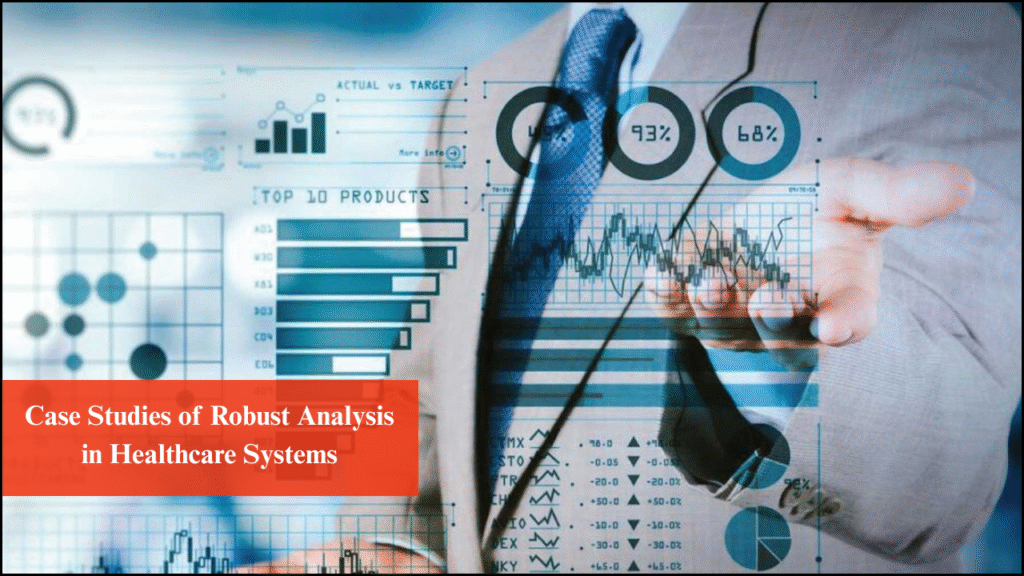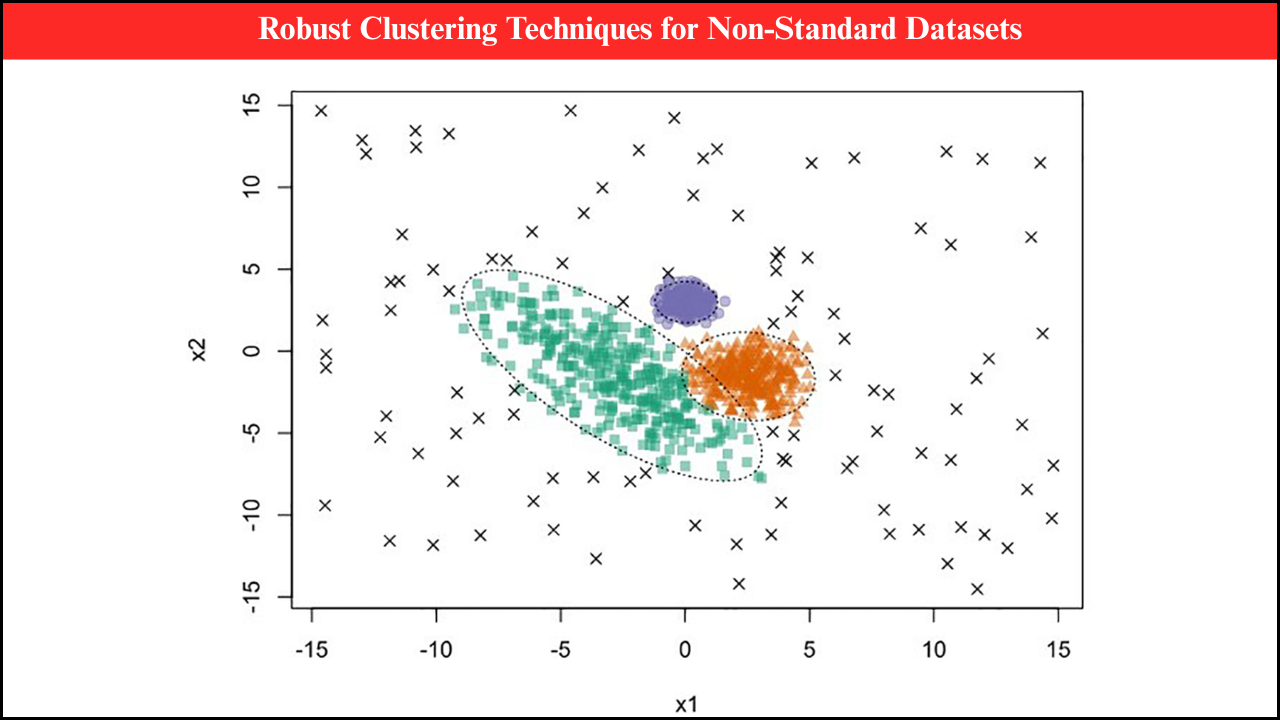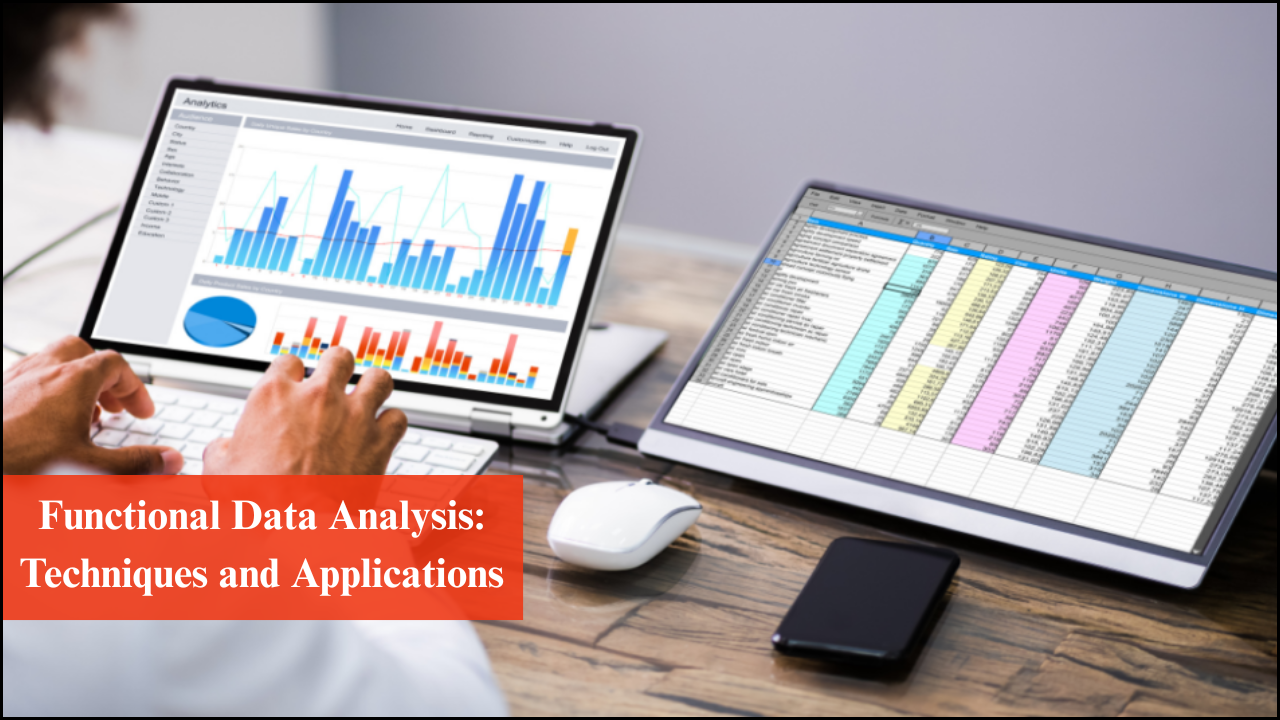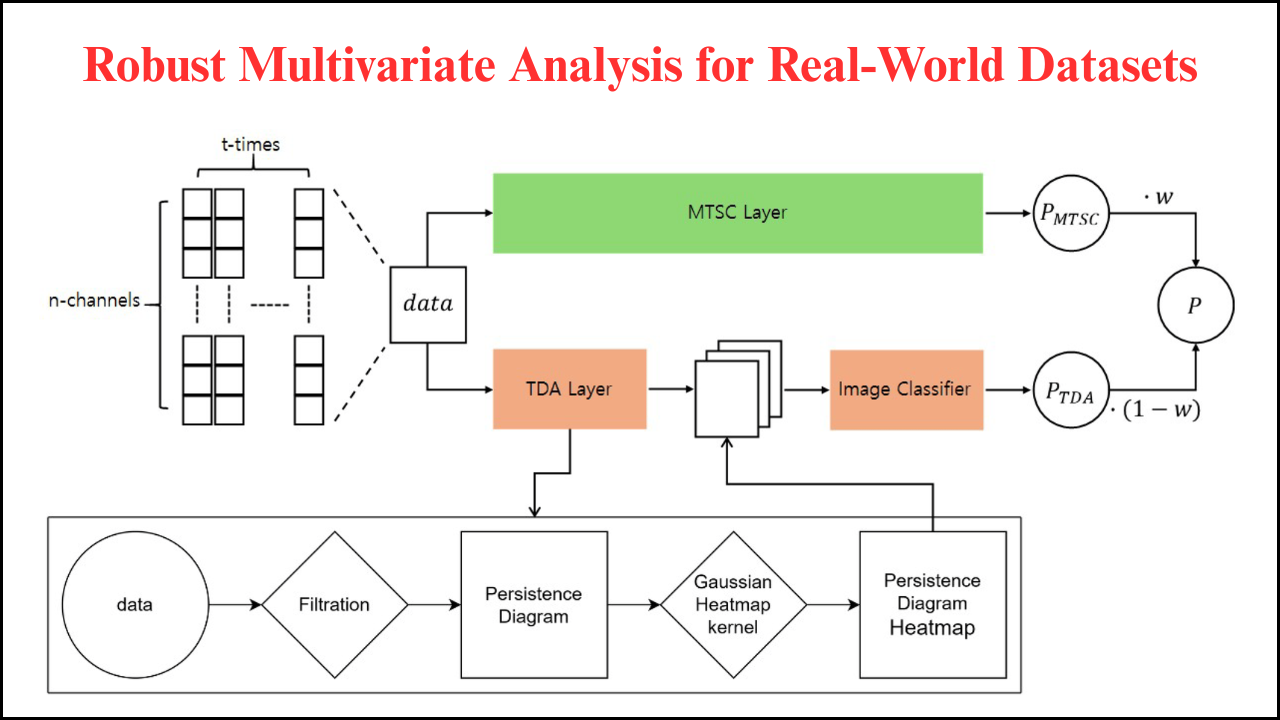
Healthcare systems generate vast amounts of data, including patient records, clinical measurements, imaging studies, and real-time monitoring data. However, this data is often noisy, incomplete, or inconsistent due to errors in recording, sensor malfunctions, or missing entries. Robust analysis techniques are essential in healthcare to extract accurate insights, improve clinical decision-making, optimize resource allocation, and enhance patient outcomes. Applying robust methodologies allows healthcare professionals to mitigate the impact of outliers, inconsistencies, and irregularities, ensuring reliability and precision in both research and operational contexts.
Table of Contents
Understanding Robust Analysis in Healthcare
Robust analysis involves applying statistical, computational, and machine learning methods that remain reliable under non-ideal data conditions. In healthcare, robust techniques are critical for:
- Patient Diagnosis: Handling measurement errors and missing information in laboratory or imaging data.
- Predictive Modeling: Forecasting disease progression or patient risk despite irregular or noisy datasets.
- Operational Management: Optimizing hospital resources using incomplete or inconsistent administrative data.
- Policy Evaluation: Assessing interventions and treatment strategies while accounting for variability and outliers.
Key Components of Robust Analysis
- Outlier Management: Identifying and reducing the impact of extreme measurements, such as abnormal lab values.
- Missing Data Handling: Imputation methods or model-based approaches to maintain data integrity.
- Noise Reduction: Filtering errors in sensor readings, electronic health records, or imaging data.
- Non-Parametric and Robust Models: Statistical models that do not assume normal distributions and are less sensitive to data irregularities.
Applications in Healthcare Systems
Robust analysis is applied across multiple domains in healthcare, from clinical diagnosis to hospital operations.
| Application Area | Data Challenge | Robust Technique Used | Outcome |
|---|---|---|---|
| Patient Risk Prediction | Missing vital signs and lab results | Robust regression, M-estimators | Accurate identification of high-risk patients |
| Medical Imaging Analysis | Noisy imaging and artifacts | Denoising autoencoders, robust CNNs | Enhanced detection of anomalies in scans |
| Disease Progression Modeling | Irregular and sparse time series | Robust time series models (ARIMA with M-estimators) | Improved prediction of disease trajectories |
| Hospital Resource Optimization | Incomplete administrative data | Robust optimization, ensemble models | Efficient allocation of beds and staff |
| Clinical Trial Analysis | Outliers in patient response data | Robust ANOVA, median-based methods | Reliable evaluation of treatment efficacy |
Case Studies Demonstrating Robust Analysis in Healthcare
- Predicting Cardiovascular Risk
- Dataset: Electronic health records with missing lab values and inconsistent blood pressure measurements.
- Method Used: Robust regression using M-estimators to handle outliers and imputation for missing data.
- Result: Accurate stratification of patients at high risk of cardiovascular events, improving preventive care interventions.
- Diabetes Progression Forecasting
- Dataset: Longitudinal patient records with irregular visit schedules and incomplete glucose measurements.
- Method Used: Robust ARIMA time series models to predict future glucose trends.
- Result: Early identification of patients likely to develop complications, enabling targeted treatment adjustments.
- Medical Imaging for Tumor Detection
- Dataset: MRI and CT scans with noise and motion artifacts.
- Method Used: Denoising convolutional neural networks (CNNs) to reduce noise and highlight relevant features.
- Result: Improved tumor detection accuracy, reducing false negatives in critical diagnoses.
- Hospital Bed Allocation Optimization
- Dataset: Administrative records with missing admission and discharge times.
- Method Used: Robust optimization models accounting for incomplete and noisy data.
- Result: Enhanced bed allocation efficiency, reducing patient waiting times and improving hospital workflow.
- Evaluating Treatment Efficacy in Clinical Trials
- Dataset: Patient response data with outliers due to non-adherence or measurement error.
- Method Used: Median-based ANOVA and robust statistical testing.
- Result: Reliable assessment of treatment outcomes while minimizing the impact of extreme values.
Advantages of Robust Analysis in Healthcare
- Accuracy in Decision-Making: Ensures reliable clinical and operational decisions despite imperfect data.
- Improved Patient Outcomes: Supports early detection, accurate risk prediction, and timely interventions.
- Operational Efficiency: Enables better resource allocation, scheduling, and workflow management.
- Research Reliability: Enhances the validity of clinical studies and trial results.
- Scalability: Applicable to various healthcare domains, including predictive analytics, imaging, and administrative planning.
Challenges in Implementing Robust Analysis
- Computational Complexity: Robust methods, especially for large-scale EHRs or imaging data, require substantial computational resources.
- Data Integration: Combining heterogeneous datasets from multiple sources, such as EHRs, imaging, and sensor data, can be challenging.
- Interpretability: Some advanced robust models, such as neural networks, may be difficult to interpret for clinical decision-making.
- Data Quality Limitations: Extremely sparse or highly inconsistent datasets may still pose challenges despite robust techniques.
Technological Tools Supporting Robust Healthcare Analysis
- Machine Learning Libraries: Python libraries like scikit-learn, TensorFlow, and PyTorch support robust models and preprocessing techniques.
- High-Performance Computing (HPC): Enables the processing of large-scale patient data and complex models efficiently.
- Cloud Platforms: AWS, Azure, and Google Cloud facilitate scalable computation and storage for robust analysis.
- Data Management Systems: Electronic health record (EHR) systems and data warehouses help integrate and preprocess heterogeneous data sources.
Future Directions in Robust Healthcare Analysis
- Hybrid Modeling: Combining robust statistical methods with deep learning for improved performance on noisy and incomplete datasets.
- Real-Time Monitoring: Implementing robust models in real-time patient monitoring for early anomaly detection.
- Predictive Population Health: Using robust techniques to forecast trends in public health and resource needs.
- Explainable Robust Models: Developing interpretable robust models to ensure transparency and trust in clinical decision-making.
- Cross-Institutional Data Integration: Applying robust analysis to pooled data from multiple hospitals and clinics to improve generalizability and insights.
The Way Forward
Robust analysis in healthcare systems is essential to manage the challenges of noisy, incomplete, and non-ideal data. By applying robust statistical and machine learning techniques, healthcare providers can ensure accurate patient risk prediction, reliable disease progression modeling, and efficient operational management. Case studies across clinical diagnostics, imaging, hospital resource allocation, and clinical trial analysis demonstrate the effectiveness of robust methods in improving outcomes and decision-making. As computational resources and data integration methods advance, robust analysis will continue to play a pivotal role in enhancing the reliability, efficiency, and quality of healthcare delivery.





